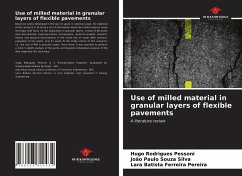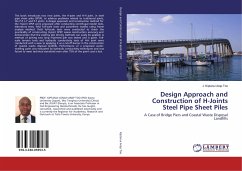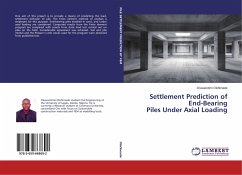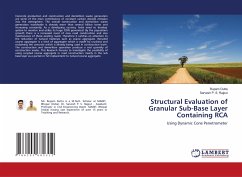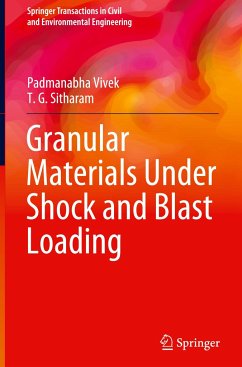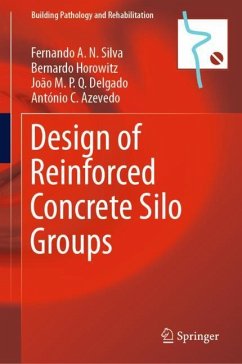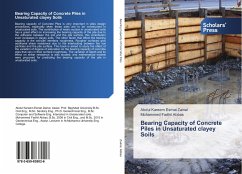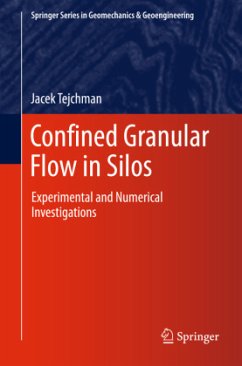
Behavior of groups of excavated piles in granular soil
Simulations compared to static load tests
Versandkostenfrei!
Versandfertig in 6-10 Tagen
36,99 €
inkl. MwSt.

PAYBACK Punkte
18 °P sammeln!
Load transfer functions, such as t-z and q-z curves, combined with computer programs are now widely used in geotechnical foundation design. Due to the high loads from structures to which foundations are subjected today, the use of deep foundations in groups of piles, instead of isolated ones, has become frequent. Inserted in this context, this research evaluates methodologies to predict bearing capacity and settlement of pile groups, from computer simulations based on t-z and q-z curves. The RS Pile software was used to simulate the load-resistance curve of an isolated pile. From the obtained ...
Load transfer functions, such as t-z and q-z curves, combined with computer programs are now widely used in geotechnical foundation design. Due to the high loads from structures to which foundations are subjected today, the use of deep foundations in groups of piles, instead of isolated ones, has become frequent. Inserted in this context, this research evaluates methodologies to predict bearing capacity and settlement of pile groups, from computer simulations based on t-z and q-z curves. The RS Pile software was used to simulate the load-resistance curve of an isolated pile. From the obtained curve, using group efficiency factors and settlement factors to predict group behavior, load-resistance curves were generated for groups composed of piles with the same characteristics as the isolated pile. The isolated pile and the groups belong to the foundations of the Geotechnics and Foundations Field of the Federal University of Ceará (CEGEF-UFC). In all foundations of the experimental field, static load tests were performed and the results were compared to those obtained in the simulations, verifying the accuracy of the predictions.



